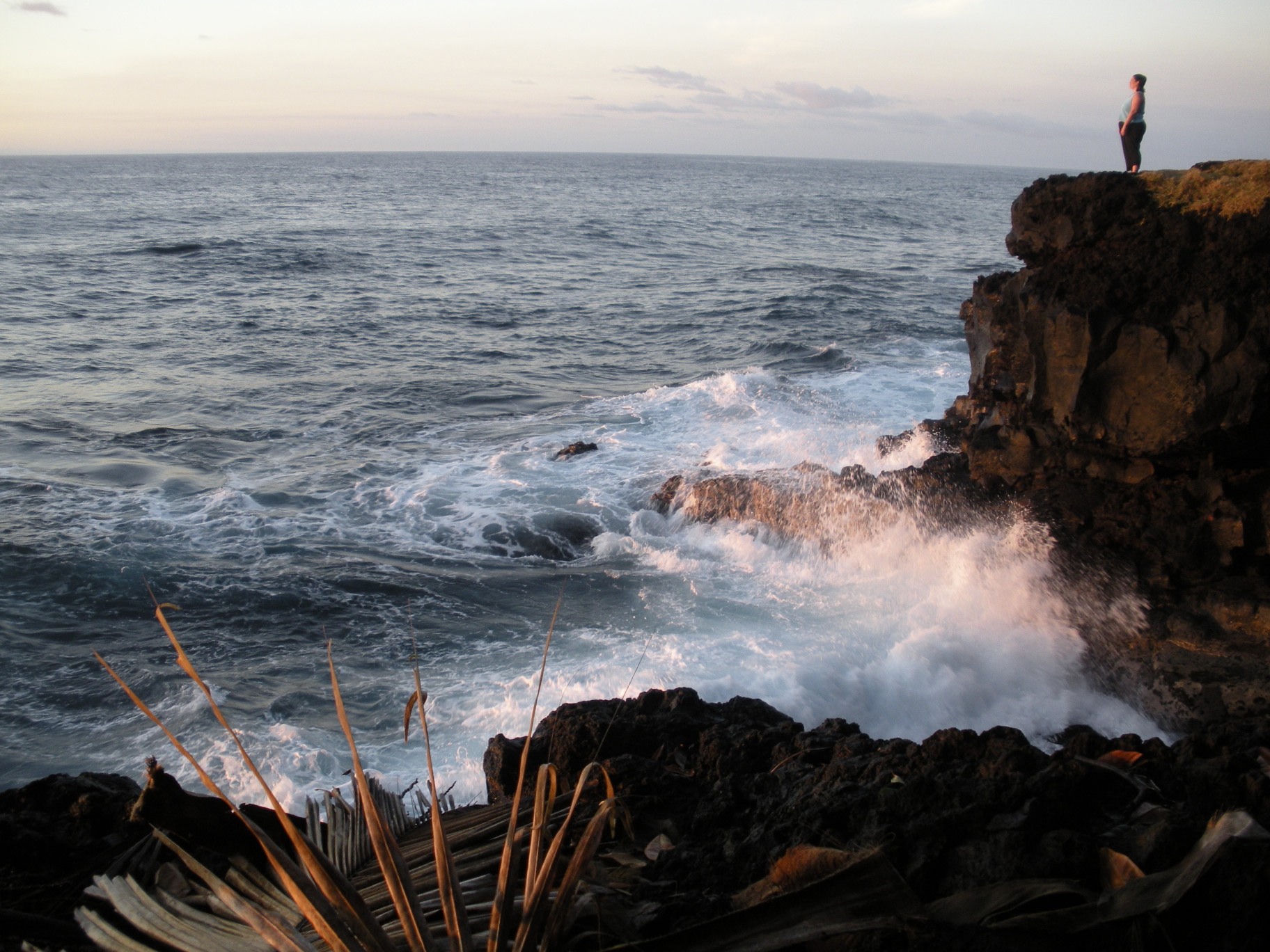Sacred lomi lomi
History
It is believed that the practice of Lomi Lomi comes from the islands of Hawaii and is a form of healing and visionary support saturated with, rooted in the essence of Aloha. It's unclear how far back in time Lomi Lomi was used, but has been passed down through the generations in families, and by the village Kahunas (Holy men). As far as I know, it's always contained some form of "fire, drumming, chanting, and shamanic movement", but not always touch. Although styles were varied as there were families practicing Lomi, there are generally two styles that we hear of today. Temple style Lomi brought to the public and taught by Kahuna Abraham Kawaii until his passing in 2004 and Antie Margaret's style.
Sacred Lomi Lomi comes from Temple Style Lomi. Tom and Donna have poured their hearts and souls into this work making them a huge influence on how Lomi is learned and expressed. It's the essence of who they are as individuals and it seems to be the language of their family. I find it a privilege to have studied with them and to be part of their Ohana (family).
presence, breath, reverence, intention and aloha
A key elements of Sacred Lomi Lomi is presence, breath, reverence, intention and aloha. It's important for the practitioner to stay present with and listen to his body and the body of the person on the table. Staying present will insure a sense of safety for the client and leaves the practitioner open for the body's quiet messages for what it needs. Deep methodic breathing assists with the purging of toxins and energizes the practitioner in the "dance" around the table and the forearm movements that make up the Lomi techniques which can be quite vigorous. Reverence for the emotional needs of the client and for containing a space that allows both the practitioner and client to be genuine with how they're feeling and safe to express their feelings creates a really strong space for transformation. Intention is part of the traditional purpose of Lomi sessions. Often, tribe members would receive Lomi in order to get "clarity" and envision or find guidance for their true calling in life. This could still be one's intention for receiving Lomi and sometimes some kind of clarity does come to clients and/or practitioners even if not expected. Aloha means "to be happy with" generally, but it can mean so much more. Visiting Hawaii, I experience Aloha as the serene and gentle smiles of the inhabitants of the Islands. I see it in the peaceful beauty of the landscape and feel it in the sweet caress of the sun and wind. I also call it heart energy, a love of life and an inherent connection to one's surroundings in a loving, kind way.
Technique and method: Getting "lomied"
The purpose behind much of what is done in a session is to get the client out of their usual pattern of holding and armoring so they can receive the support they need to let go of what's blocking them. To achieve this, the music is somewhat louder than most other "bodywork" styles. Rhythm and tempo will change over the course of a session to change the intensity of the work. The movements of the practitioner move around the body in an asymmetrical manner. The forearms are the main tool of touch making it distinct and unfamiliar. Although the forearm movements are circular, I tend to think of it all as being like the ebb and flow of waves on the ocean shore. Sometimes soft and repetitive and sometimes crashing and vigorous. The breath work assists the practitioner in clearing built up carbon dioxide, energy, heat and toxins that need releasing in their body. When a session is over, both client and practitioner often claim they feel some combination of: relaxation, euphoria, renewal, surrender, aloha, and so on. We lovingly call this altered state, being "Lomied". Anyone who's ever given or received a session will know exactly what you're asking about.
OPening ceremony and closing/Sheeting
I start the ceremony/session with a short prayer/meditation recorded in Hawaiian and start the breathwork/Lomi step practice which will continue throughout the session. At the end of a session, I ceremonially wipe the client of extra oil and drape them in a way that some find to be one of their favorite parts of a session. To me, it's a lovely form of closure for the session and carries the symbolism of complete honor, death and rebirth.
Culture of aloha
Lomi is an inseparable part of the culture of Hawaii and the essence of Aloha. Lomi practitioners are, therefore, encouraged to embody this essence of Aloha in their work and in day to day life.
Ritual lomi lomi was designed to awaken and enlighten the being in the physical body and to awaken one’s true calling in life.
Lomi Lomi is a way of life. It is the practice of ‘living aloha’. Tom Cochrin

